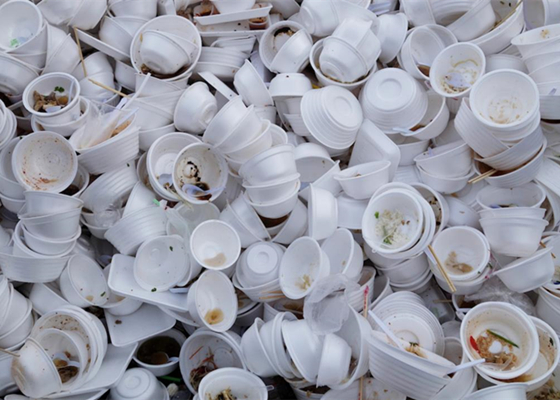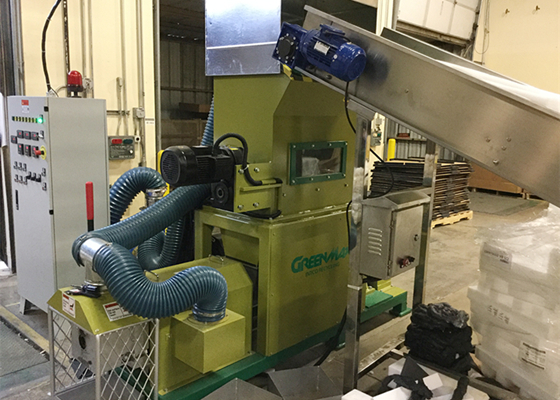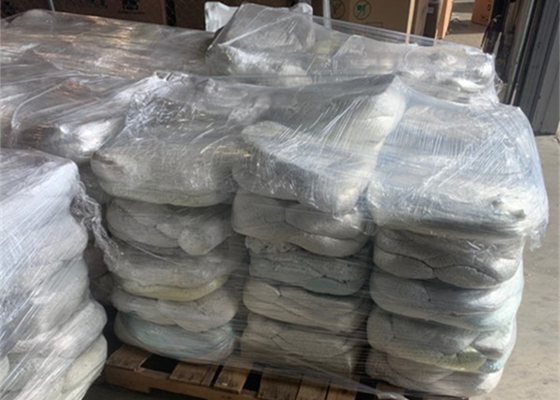If the foam densifier was popular at that time, the fiasco of Mobro4000 barge in 1987 could not happen.
The story begins in 1987, when a Mobro4000 barge, loaded with 3100 tons of waste, tried to unload the cargo into the landfill in North Carolina. But it was rejected because a considerable portion of the rubbish was a plastic foam. It turns out that no one wants such non-degraded foam waste. In the end, after six months on the east coast, the barge dived into the Caribbean Sea, without finding a proper landfill.

The fiasco attracted the attention of the media and triggered an international conversation on landfill, recycling and environment. There is no doubt that almost everyone thinks that foam can not be degraded and should be banned. So in 1988, Suffolk County in New York issued the first prohibition of the use of polystyrene foam in the United States.

At the same time, the foam densifier used to recycle foam has sprang up in the market, and the effect of recycling is remarkable. Ever since then, there have been more calls to overturn the ban on the use of foam.
Up to now, more than thirty years have passed, foam is still here in our life, and increasingly become an irreplaceable product. This trend cannot dispense with the contribution of foam densifier to the cause of foam recycling.

Nowadays, the proportion of foam recycling is increasing worldwide for the reason that kinds of foam recycling machine make the operation more convenient, efficient, and profitable. According to the survey, among many recycling machines, foam densifier is the most popular one, as both the compression ratio and capacity is higher. The recycled foam ingots can be highly used for new products.